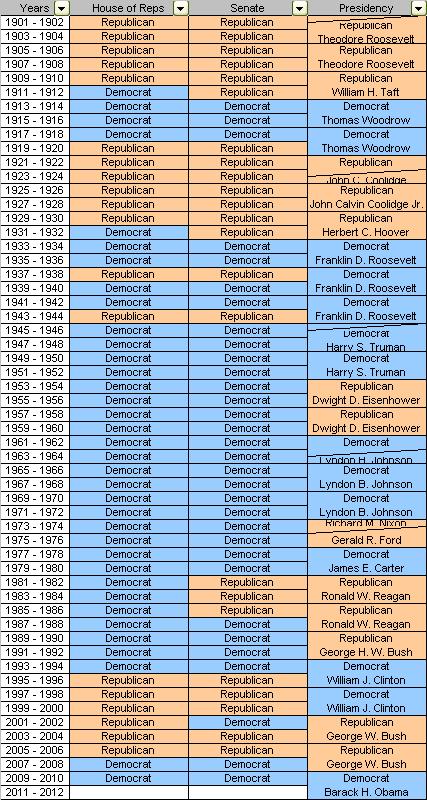In the light of the recent passage by the U.S. House of Represenatives of the Senate’s version of healthcare reform and the ensuing wailing, gnashing of teeth and smearing of soot in the hair by opponents of said reform, let me give my view – as an outsider – on the matter:
It’s a question of morality.
It astounds me — and, frankly, every other non-American USA-watcher in the developed world — that the richest nation on earth, whose very constitution proclaims the pursuit of life, liberty and happiness to be it’s highest ideals, whose citizenry so loudly profess to live by Christian virtues, would not guarantee that some form of basic, minimum healthcare be available to all of its citizens independently of their ability to pay. It utterly astounds me. If I were American, it would disgust me that this had not happened 50 years ago.
If my income and my wealth is above average for my society, I have an ethical duty to subsidise the health care of those who are, for whatever reason, at the lower end of the spectrum. Yes, there are issues of free riders and of personal responsibility, but they simply do not matter when answering the basic question. The government of a country, acting on behalf of that country’s people, has a moral imperative to provide a minimum level of care to all of its citizens.
I am not saying this as a screaming socialist. I freaking hate socialism. I love the market (when it’s allowed to function properly with full transparancy). I support (at least partially, and possibly fully) privitised social security. I like the idea of small government. I rage against the nanny-state in Australia and in the UK. I worry about encouraging dependency and a sence of entitlement in those people assisted by the government. But those concerns take a back seat on this issue.
So, yes, the second question (a two-for) is to ask what the minimum level should be and how to pay for it. But first question should have been a no-brainer.
If all the country can afford is a polio shot and a packet of aspirin, then that’s what they should provide (hopefully a charity or two might help out, too). But if the country is the richest in the history of the planet, they should be able to stump up for a bit more.
And, yes, for the next criticism, this particular reform by the U.S. Congress is nominally promising more than it will reallly provide when it comes to the fiscal deficit. Yes, again, given America’s political structure, U.S. government spending won’t be truely corrected until there is a real crisis approaching (as opposed to the make-believe crises being proclaimed by people opposed to the bailouts and stimulus package(s)).
I don’t care. The child of an unemployed, drug-taking high-school dropout should not be deprived of basic access to a doctor just because we’re angry at their parents. Nor should their parents, come to that.
